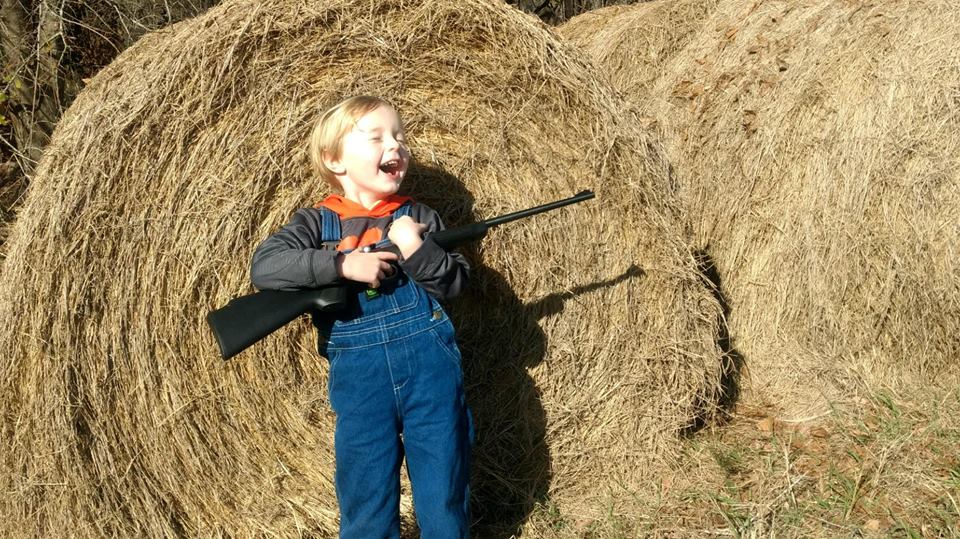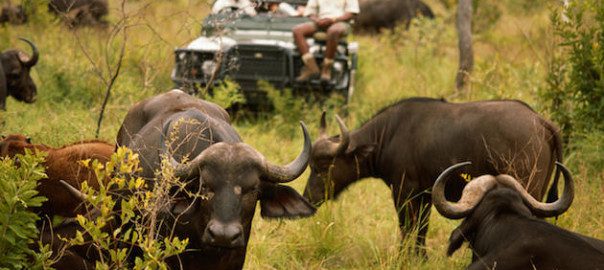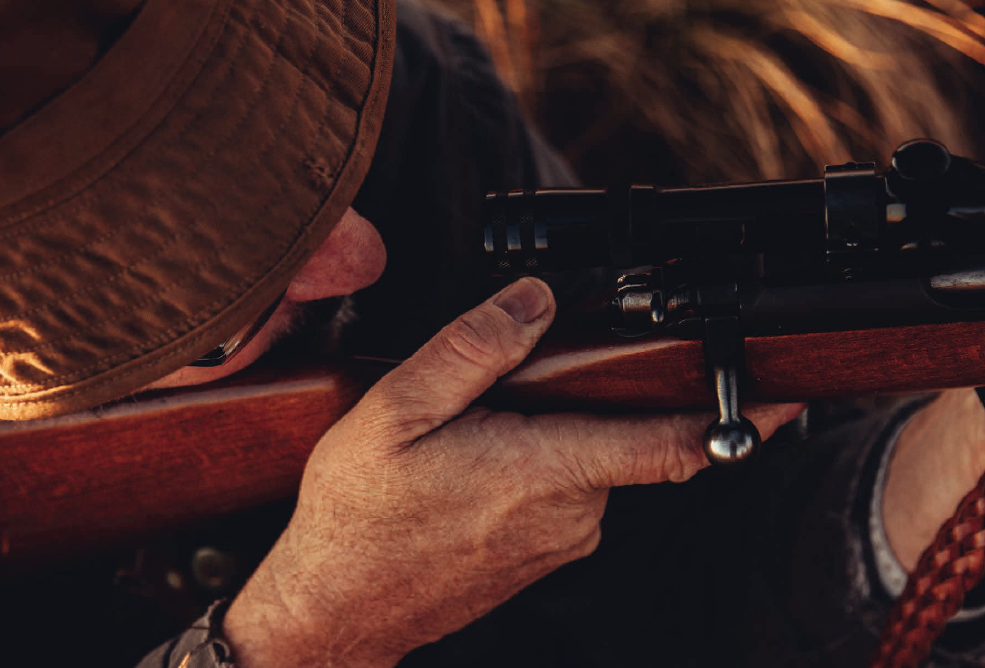Whether you’re hiking, biking, fishing or scouting for elk, here are some simple precautions to take to avoid a cougar attack.
Planning on hiking in the western United States or Canada? Arm yourself with some crucial knowledge first. Yeah, a cougar encounter doesn’t necessarily lead to an attack, but it happens. The likelihood is rare, but here’s what you need to know to avoid a cougar attack.
Roughly 30,000 cougars live in the western United States. These active hunters typically travel alone and can cover significantly large areas up to 370 square miles. It is said that if you spot a cougar while on the trail, there’s a good chance that the cougar wanted you to spot it—and that it’s been hot on your trail for the past half hour. Gulp.
Don’t Freak Out, But…
Here’s what we do know: cougars very rarely attack people. In fact, cougars very rarely interact with people. Unfortunately, the “what we don’t know” is a little eerie: we haven’t quite figured out why cougars attack, on the rare occasions that they do. We do know this: cougars are more likely to go after loners than hikers in groups, and they’re more prone to attack kids under 16 than adults. Lessons learned: hike in a group, especially when you’ve got little ones in tow.
Stay Smart
Cougars are all-star stalkers, but you might be able to spot other signs that they are in the area. Keep your eyes peeled for cougar tracks (four toes, and usually no claw prints since their claws are retractable) and droppings, and scan trees for fresh claw marks. If you see something that signals that a cougar might be in the area, consider making a u-turn before you encounter one face-to-face.
Prep Your Pets
Though cougars typically keep their distance from humans, the same cannot be said of household pets. Keep your pooch on a short leash at all times in cougar territory. If there’s been a report recent cougar sighting, best to leave your pup at home.
Don’t Be Fooled By a Baby Cougar
Baby animals are adorable, and cougars are no exception. Odds are pretty slim that you’ll encounter a baby cougar in the flesh, but if you do, back away! Don’t be tempted to sneak closer for a photo op—where there’s a baby, there’s a mama. If she thinks that you might be a threat, she won’t hesitate to protect her little one.
Stay Noisy
As with bear territory, it’s a good idea to be noisy to avoid startling a cougar. Talk among your group, carry a bell and get extra loud when the wind is blowing strong or around loud water.
Be Big
By now, you’ve figured out that avoiding the cougar altogether is the best strategy. If you do come across a cougar on a hike, stay calm. Make sure that the cougar isn’t backed into a corner: give it a chance to escape. Ensure that kids are protected and back up slowly, keeping your eye on the wildcat. You want to make yourself look as large as possible.
Intimation Tactics
If the cougar scoots off, then get out of the area quickly. If it follows you or acts aggressively, don’t back down: be loud, bare your teeth and maintain eye contact. Keep making yourself as large as possible, and start thinking about what potential weapons you might be able to use—a walking stick is a good option. The goal: make sure the cougar sees you as a threat, not as prey. If the worst-case scenario comes to life and the cougar attacks, fight back and aim for the eyes and the face.
About the Author
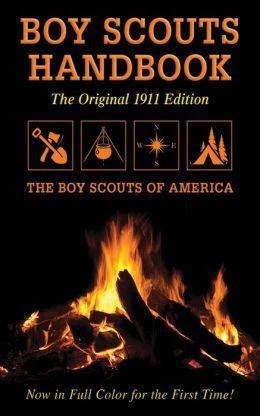 This is a full-color edition of the very first Boy Scouts Handbook, complete with the wonderful vintage advertisements that accompanied the original 1911 edition, Over 40 million copies in print!
This is a full-color edition of the very first Boy Scouts Handbook, complete with the wonderful vintage advertisements that accompanied the original 1911 edition, Over 40 million copies in print!
The original Boy Scouts Handbook standardized American scouting and emphasized the virtues and qualifications for scouting, delineating what the American Boy Scouts declared was needed to be a “well-developed, well-informed boy.” The book includes information on The organization of scouting, Signs and signaling, Camping, Scouting games, Description of scouting honors and more. Scouts past and present will be fascinated to see how scouting has changed, as well as what has stayed the same over the years. Shop Now

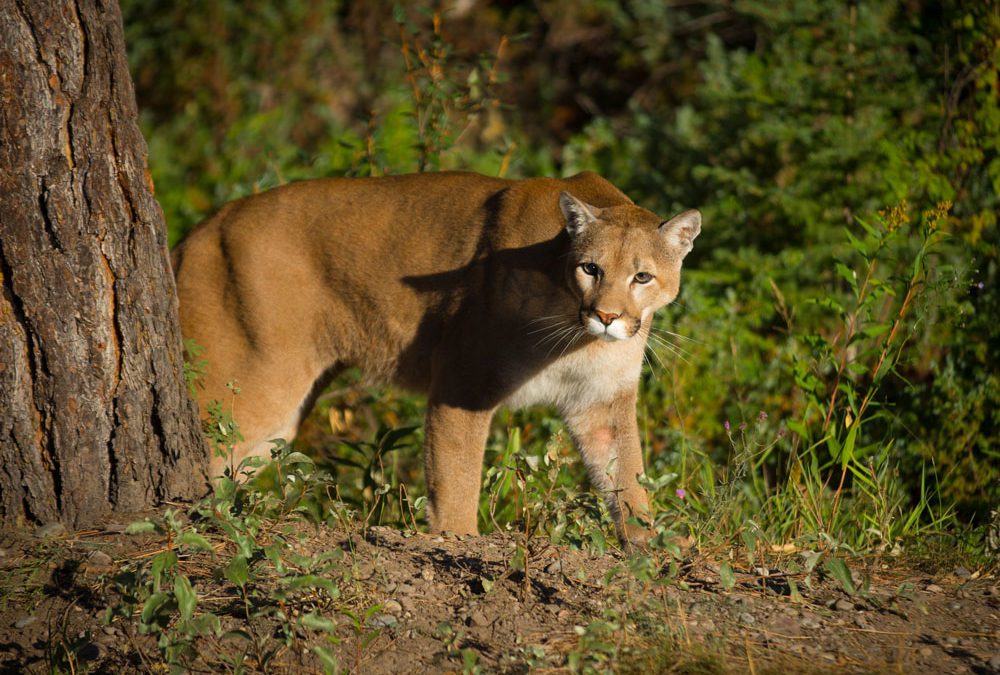
 Magee Walker was a late bloomer to the snowboard scene, but thankfully discovered the joys of the sport after moving to Vancouver and spending weekends in Whistler. She’s now lucky enough to call Whistler her full-time home, and spends her days conquering the mountain, by foot in the summer and by snowboard boot in the winter.
Magee Walker was a late bloomer to the snowboard scene, but thankfully discovered the joys of the sport after moving to Vancouver and spending weekends in Whistler. She’s now lucky enough to call Whistler her full-time home, and spends her days conquering the mountain, by foot in the summer and by snowboard boot in the winter. 